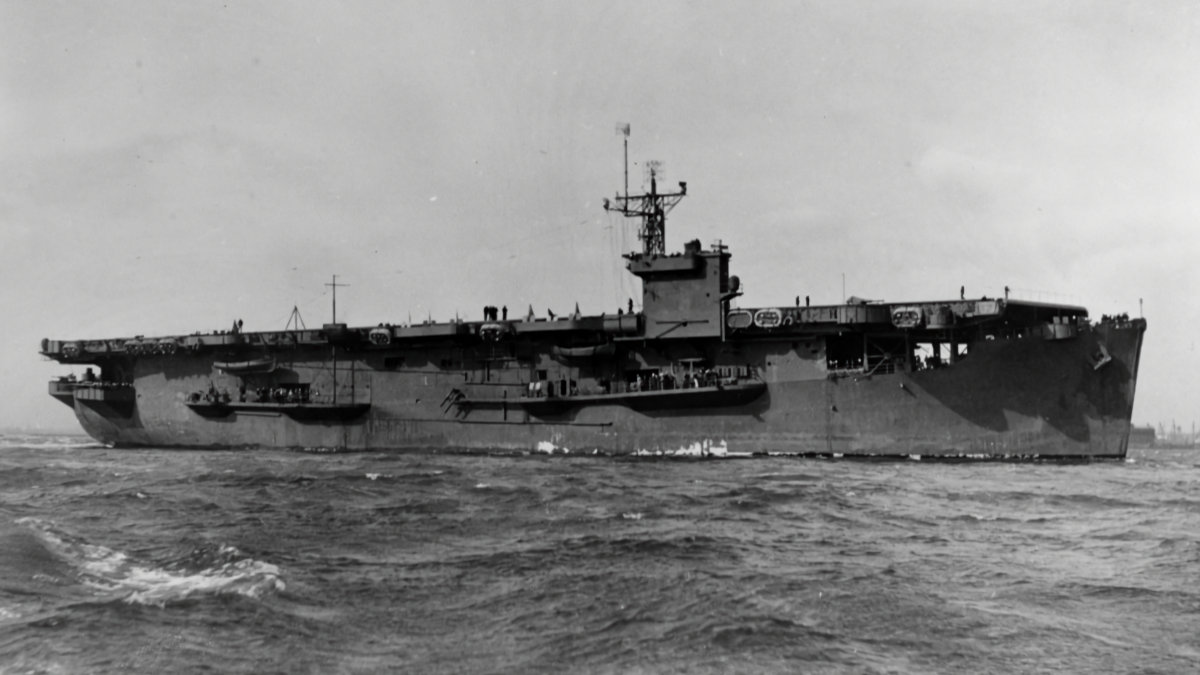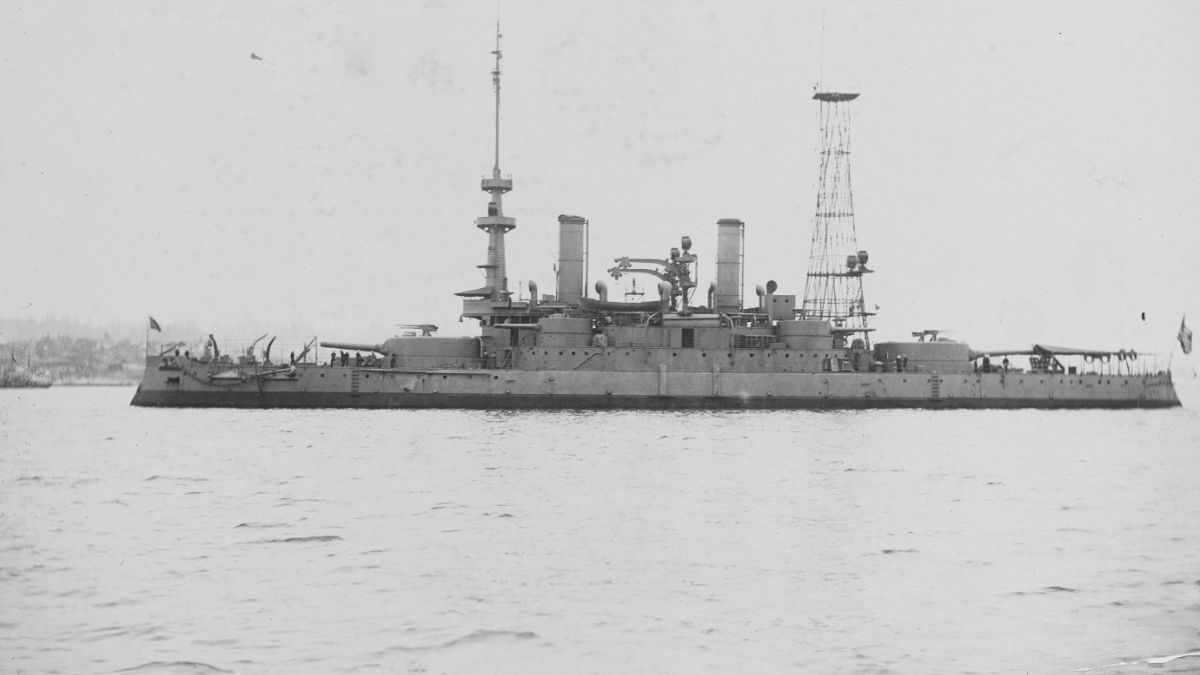Tag: naval
-
Escort Carrier USS Card CVE-11

Escort Carrier USS Card CVE-11 The USS Card (CVE-11) was launched as AVG 11 on February 21, 1942 by Seattle-Tacoma Shipbuilding Corporation under a Maritime Commission contract. She was was reclassified as ACV-11 on August 20, 1942 and commissioned on November 8, 1942 with Captain J.B. Sykes in command. Card’s first operational sortie in late… Read more
-
US Navy Battleship USS Oregon BB-3

US Pre-Dreadnought Battleship USS Oregon BB-3 USS Oregon (BB-3) was a pre-dreadnought Indiana-class battleship of the United States Navy. Commissioned on July 15, 1896, at San Francisco, California she initially served with the Pacific Squadron. However, with tensions rising with Spain, following the explosion of USS Maine in Havana Harbour, Cuba, she was ordered to… Read more
-
USS Prinz Eugen (IX-300)

Heavy Cruiser USS Prinz Eugen (IX-300) Prinz Eugen was an Admiral Hipper-class heavy cruiser that served with Nazi Germany’s Kriegsmarine during World War II. The ship was laid down in April 1936, launched in August 1938, and entered service after the outbreak of war, in August 1940. Prinz Eugen saw action during Operation Rheinübung, an… Read more